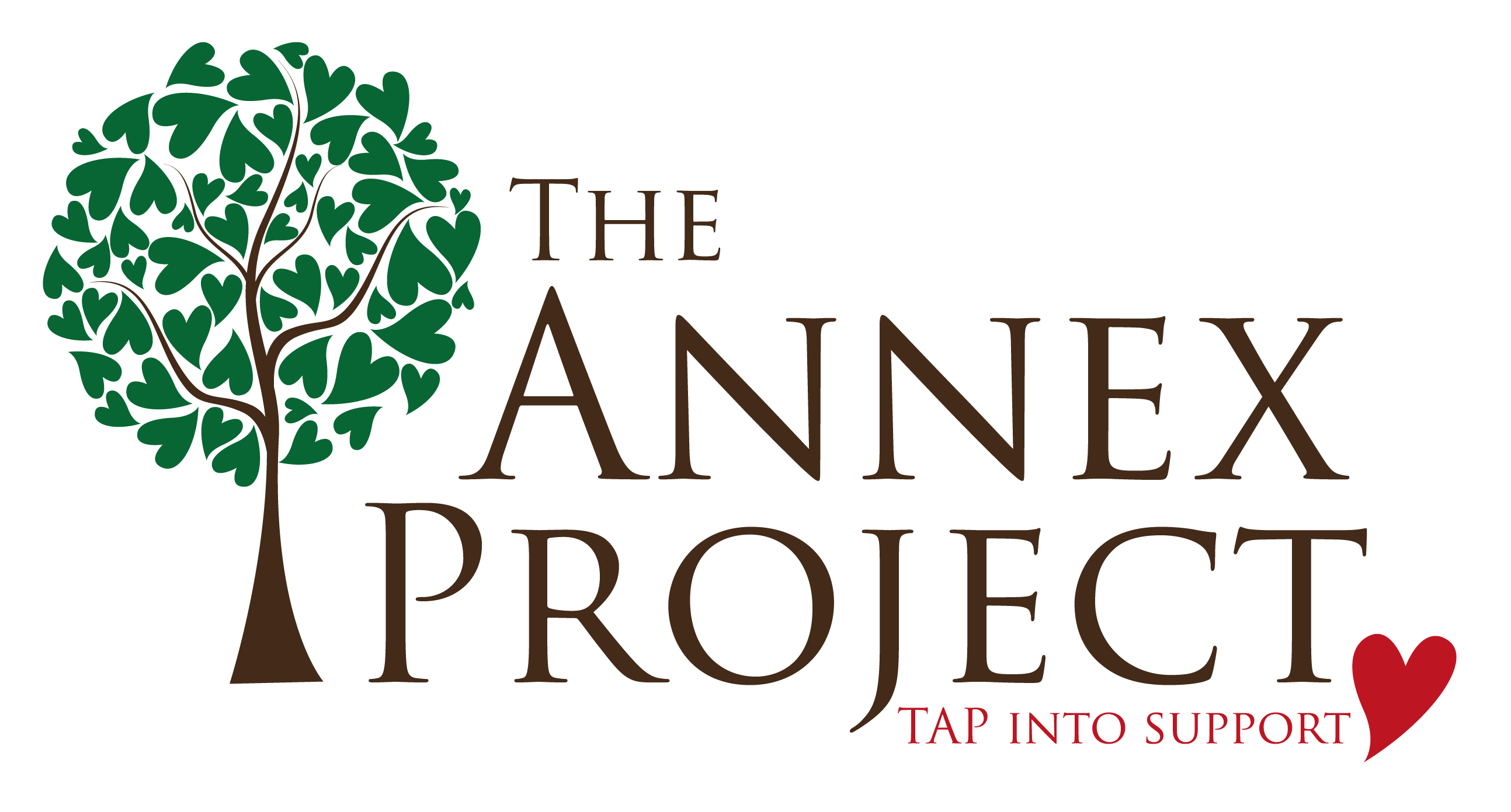Care-Index
The CARE-Index assesses mother-infant interaction from birth to about two years of age based on a short, videotaped play interaction of 3-5 minutes.
It is used to evaluate attachments and assesses mothers on three scales: sensitivity, control and unresponsiveness. There are also four scales for infants: cooperativeness, compulsivity, difficulties, and passivity.
The scales
2. Differentiate abusing from neglecting, abusing-and-neglecting, marginally maltreating, and adequate dyads
3. Can be used during intervention, and
4. Can be used to assess the effectiveness of intervention.
The information derived from the CARE-Index can be used as quasi-continuous or categorical data by researchers. In addition, however, the procedure is easily applied to “live” observations made by nurses, infant teachers, clinicians, and social workers. Needless to say, such observations cannot be treated as reliable when video is not used, but the method is effective in the same way that other guided observations or interviews are; furthermore, specific training of what to look for sharpens both one’s observation and one’s ability to tell others exactly what the dyad did and why it should be interpreted in a particular manner.
Story Stem Assessments
The story stem assessment profiling tool consists of a structured series of narrative stems. These present children with a range of different family scenarios as the beginnings of a story, using doll and animal figures as well as language. The child is then invited to complete the stories in whatever way they like. This allows assessment of the child’s expectations and perceptions of family roles, attachments and relationships, without asking the child direct questions about their family which might cause them conflict and anxiety. It also has the advantage for younger children of allowing both verbal and non-verbal means of representation.
Who Can This Help?
- Where there are concerns about the impact of parental difficulties (e.g. mental health, substance misuse, domestic violence) upon a child
- Where there are concerns around the possible impact of past experiences upon a child
- When a deeper understanding of the behavioural, social and emotional development of a child and his or her wishes and feelings, is required
- Where Local Authorities are considering the appropriate plan for children who are hard to place: e.g. long-term fostering or adoption
- Where Local Authorities are considering whether siblings should be placed together
- Where foster or adoptive placements are at breaking point
- With children who have had multiple placement breakdowns
- With children whose parents are struggling
- With children who have behavioural problems
- With children who are struggling in the context of parental separation or divorce


